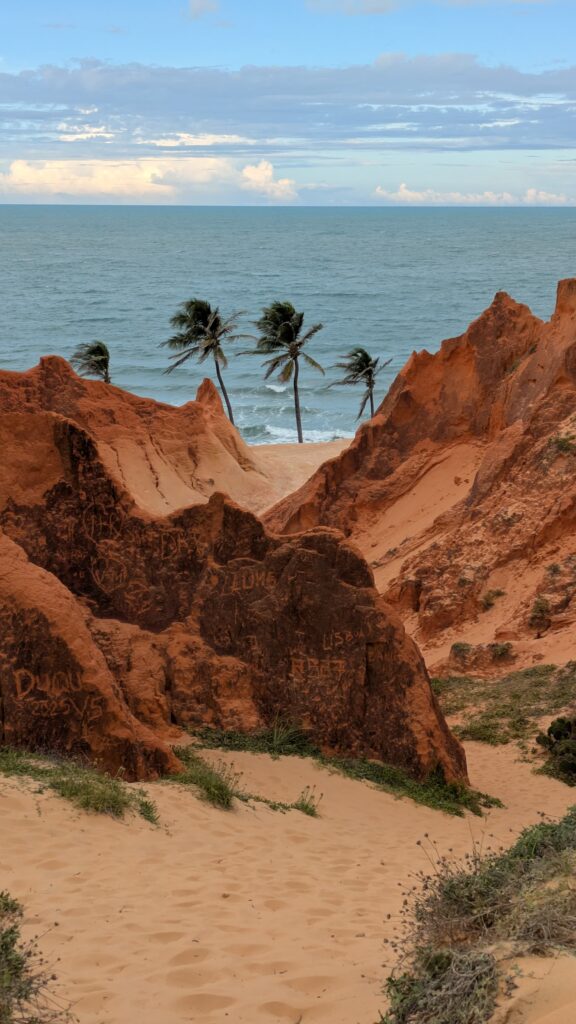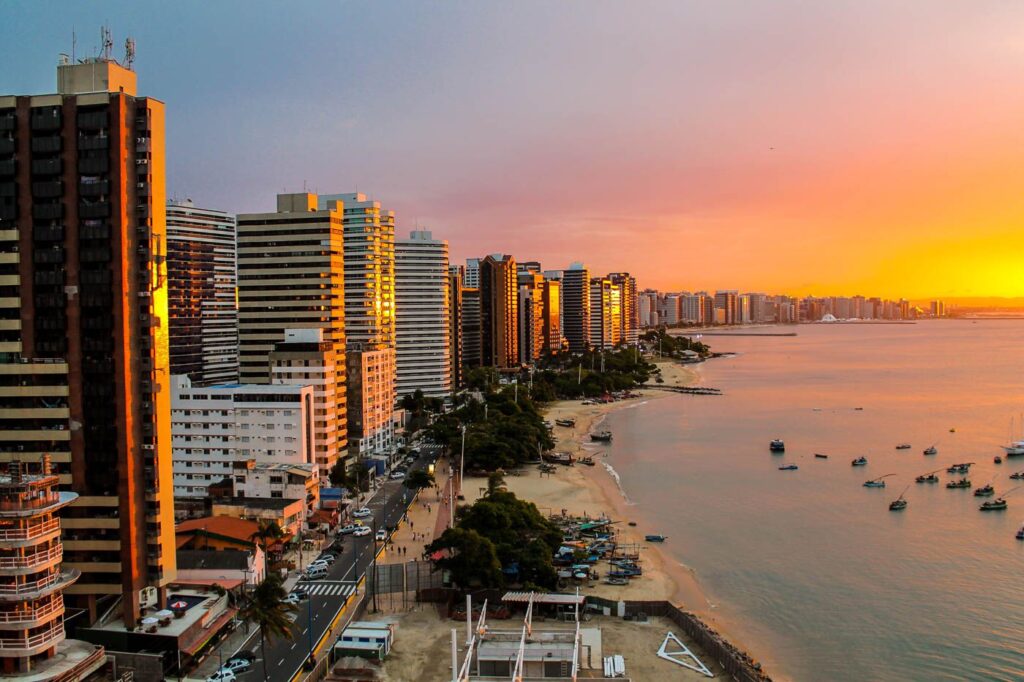Offshore Wind Projects Raise Environmental Concerns in Fortaleza

As Brazil moves toward a greener energy future, Fortaleza has emerged as a key player in the country’s renewable energy strategy. The state of Ceará, known for its consistent trade winds and vast coastline, is positioning itself as a hub for offshore wind energy projects. However, while the promise of clean energy is widely welcomed, the rapid expansion of these initiatives near Fortaleza is also triggering growing environmental and social concerns.
The Promise of Offshore Wind in Ceará
Ceará has become one of the leading regions in Brazil exploring offshore wind technology. With dozens of projects under evaluation or in early development stages, the state has drawn international attention and private investment. The coast near Fortaleza is particularly attractive due to its steady wind patterns, shallow waters, and access to port infrastructure, such as the Port of Pecém.
If realized, these projects could produce gigawatts of clean electricity, reduce reliance on fossil fuels, and generate significant local employment. They also fit squarely into Brazil’s broader strategy to diversify its energy matrix and meet climate goals.
Concerns from Environmentalists and Local Communities
Despite the potential benefits, several environmental groups, researchers, and coastal communities are raising red flags about the speed and scale of development.
1. Impact on Marine Ecosystems
Environmental advocates warn that the construction and operation of offshore wind farms could disrupt delicate marine habitats, including coral reefs, migratory bird routes, and fish breeding grounds. The noise and vibrations from turbines and underwater cabling can affect marine life behavior, especially in areas with little prior industrial activity.
2. Coastal Landscape and Tourism
Some proposed sites are relatively close to the shoreline, raising concerns about the visual and ecological impact on beaches that are crucial to Fortaleza’s tourism sector. Locations near iconic beaches like Cumbuco and Taíba have sparked debate over whether clean energy should come at the cost of natural beauty and visitor experience.
3. Community Consultation and Indigenous Land
Critics argue that many of the initial feasibility studies lack adequate public consultation, especially with traditional fishing communities and Indigenous groups whose livelihoods may be impacted. There are also worries that the licensing processes are moving ahead without full environmental impact assessments (EIAs), which are essential for long-term sustainability.
What Experts Are Saying
Marine biologists and energy researchers from local universities, such as UFC (Federal University of Ceará), have called for a more measured approach. While few are opposed to renewable energy outright, many argue that projects should be developed transparently, with scientific oversight and public involvement.
“There’s no doubt that wind energy is part of our future,” says Dr. Aline Barbosa, a coastal ecologist in Fortaleza. “But we must ensure it doesn’t replicate the same top-down, extractive models we’ve seen in other sectors. Environmental justice must be central.”
Government Response and Regulation
The Brazilian Institute of Environment and Renewable Natural Resources (IBAMA) is responsible for issuing environmental licenses for offshore wind farms. In response to growing criticism, IBAMA has promised more rigorous environmental studies and updated guidelines. Meanwhile, Ceará’s state government continues to advocate for the projects, citing their economic and environmental importance.
There is also a push for marine spatial planning, a tool that would allow the state to balance development with conservation and tourism interests more effectively. However, implementation is still in the early stages.
The Road Ahead
The conversation around offshore wind in Fortaleza reflects a larger global challenge: how to pursue sustainability without sacrificing ecosystems or communities in the process. As the region continues to evolve into a renewable energy leader, the decisions made today will shape not just the local landscape, but the integrity of Brazil’s green future.
Conclusion
Fortaleza’s foray into offshore wind energy is a promising step toward climate resilience and economic development. But as the projects advance, careful planning, community engagement, and environmental stewardship will be essential. Only with a balanced approach can Fortaleza ensure that its winds of change truly blow in the right direction.



